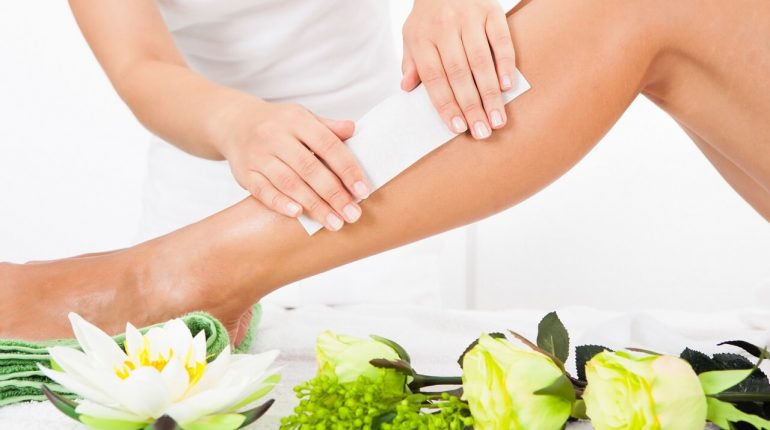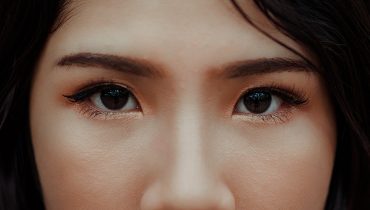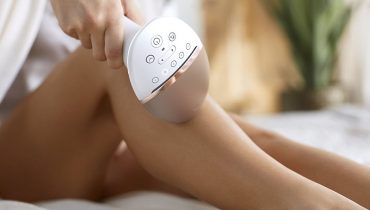Waxing is a great hair removal solution (well, at least if you don’t have some other, better options). It can get rid of even the smallest hairs, and leave skin feeling silky soft and smooth.
However, there is the problem of leftover wax. Having it sit on your skin can be uncomfortable and unsightly, so how to remove wax from skin after waxing? I’m glad you asked!
How To Remove Wax From Skin After Waxing?
Picking off the wax stuck to your skin with your fingers will not be effective in any way, and can irritate your skin.
Oil is the best thing to remove wax from skin. You can use baby oil, coconut oil, massage oil – even olive oil will work in a pinch.
- Dip a cotton wool ball into your chosen oil – this will make it easier to apply the oil to your skin without getting too messy.
- Hold the oil soaked cotton ball onto your skin for at least 30 seconds. Press it lightly and gently rub it so that the oil covers the leftover wax.
- Rub the cotton ball over the wax spot so that the wax starts to become loosened.
- Wash your skin with soap and water to remove all traces of the oil.
You can also use tools to remove the wax residue; search for these online and you will come up with something appropriate for your needs.
Have a look at this comprehensive article from Wiki, on how to remove wax from skin.
Why Is The Wax Sticking To My Skin?

Wax is a sticky substance. It is this that allows it to stick to the hairs and ultimately rip them off!
Wax will stick to your skin; that’s just what wax does. It can be very sticky – it has to be, to rip the hairs out, otherwise there would be no point to this method of hair removal.
Wax, in its most basic form, is made by bees. They use it to create their hives, and the places that they house their babies and their precious food sources – so it has to be pretty sticky and strong!
Wax that is used for hair removal is not the same as bees’ wax, obviously. However, it has very similar characteristics.
You can prevent the wax from sticking quite so hard though:
- If your skin is slightly more hydrated, it will try to suck the moisture from the wax slightly less, meaning that the wax won’t stick so stubbornly.
- Try to trim the hair shorter. If the hairs you are trying to remove are as short as they can be, it will be easier to wax and pull out the hairs.
- Powder your skin before waxing. Applying powder to the skin will form a slight barrier, while still allowing the wax to do its job.
- Ensure the wax is warm. Whether you are going for a home kit or a salon treatment, the hotter and more smooth the wax is, the better it will be removed.
How Do You Remove Wax Strip Residue From Skin?
It’s no good using ordinary soap and water to wash off the wax from your skin, any more than it is to wash it out of your soft furnishings!
Wax residue must be removed using an oil based substance, as it is this that will lift the wax from the skin gently.
Wipe over the waxed area with a cotton bud soaked in baby oil, or use the oil-based wipes that come with the waxing kit.
There are also special applicators that you can buy, which will physically scrape the wax off your skin – however it is best to use these for larger, less sensitive areas.
Vinegar is effective at breaking down waxy residues, as vinegar is an astringent that can get through even the stickiest of substances.
Does Vinegar Dissolve Wax?
Vinegar is a really useful cleaning agent with a lot of different applications around the home – and even around the body!
You can use vinegar to dissolve the wax that you use to remove the hair from your body too, astonishingly.
Cider vinegar is the best option you can use. Traditional malt vinegar, that you sprinkle on your chips, is not the best wax removal solution!
Another alternative, and one that is used in cleaning, is white vinegar. This is an especially astringent vinegar which should strip the wax off easily.
It is advised that you use a half and half vinegar and water solution, to avoid the acidic vinegar burning your skin.
Follow the same procedure as you would for using oil – soak a cotton ball in the vinegar and water, then gently soak and rub the area.
What Should You Not Do When Waxing?
- Avoid exfoliating for 24 hours before, and 48 hours after, your waxing treatment. This can damage the skin and cause irritation.
- Try to avoid direct heat sources, whether from the sun, or a heat bed or a tanning salon.
- Avoid moisturisers on the day of waxing. This can affect the procedure beforehand, and cause problems afterwards.
- If you can, don’t visit a tanning salon before your waxing appointment. Exposure to UV can cause your skin to become more sensitive, so it’s best to avoid this before you get waxed.
- Try not to shave in between waxing appointments. This can irritate ingrowing hairs, and can affect the quality of the waxing.
- Don’t scratch wax! Although newly waxed areas can feel a little itchy, try to avoid hassling them with your fingernails, as this can add to the irritation.
This useful video will take you through dos and don’ts of waxing aftercare. It is aimed at waxing practitioners, but the tips translate to home waxing too:
Final Words
A great solution to hair removal, waxing is a (relatively!) painless procedure that can lead to a smooth, hairless area wherever you apply it.
Removing the wax can be a bit more of a problem; hopefully now you have some great solutions on how to do this!



